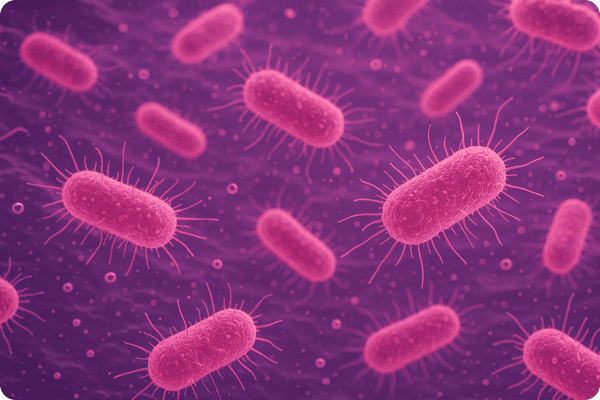Modern society has known for hundreds of years that some bacteria can make you sick. Yet, we often don’t think about it when it comes to our home’s water supply. If your family uses a well for drinking water, it’s important to make sure that it is safe. One of the biggest concerns for well owners is bacteria. Some of these tiny germs can get into well water and cause issues without any smell, color, or taste to warn you.
So, how often should you test your well water? What kind of bacteria can show up? And what should you do if a test finds a problem? We’ll break it down in this easy-to-follow guide.
What Bacteria Can Be Found in Well Water?
Most bacteria are harmless, but some can cause serious illness, especially if they get into your water. These harmful germs are called waterborne bacteria. Two common ones in Indiana are:
- Total Coliforms: These are the broadest category of bacteria and are usually harmless. However, if total coliforms are present, it could mean your well is vulnerable to contamination.
- E. coli: Found in the intestines of humans and animals. Some types can cause stomach cramps or even kidney problems.
If your well water has bacteria like these, it must be treated quickly.
Note: See this in-depth look into what kind of bacteria can be found in water.

When and How Often Should You Test Well Water?
Experts recommend testing your well water for bacteria, especially total coliform and E. coli, once a year. But you may need to test more often if:
- You’ve had heavy rain or flooding
- Someone in your home got sick after drinking the water
- You notice cloudy water, odd smells, or bad taste
- You just moved into a home with a private well
Even if your water looks fine, it could still have bacteria. Annual testing keeps you aware.
What To Do If Your Well Water Has Bacteria
If bacteria are found in your water, here are the steps to take:
- Stop drinking or cooking with the water.
- Use bottled or boiled water as a temporary solution.
- Disinfect your well (called “shock chlorination”) with bleach.
- Consider installing a UV water treatment system to kill bacteria long-term.
- Retest your water to make sure the bacteria are gone.
Note: See this in-depth look for more information.
Stay Safe—Test Your Well Water Regularly
Bacteria in your well water can cause health problems, but regular testing helps keep your family safe. At C&J Well Co., we offer professional water testing and treatment options to help protect your home. Contact us today to schedule your annual well water test or learn more about keeping your water clean and safe.








